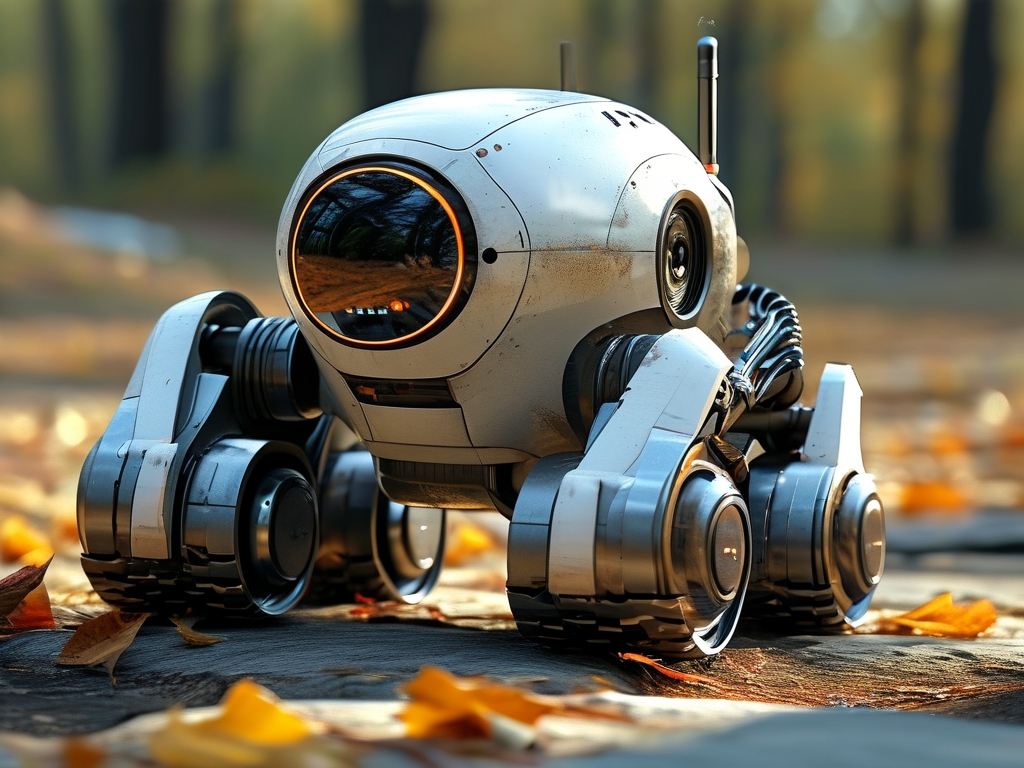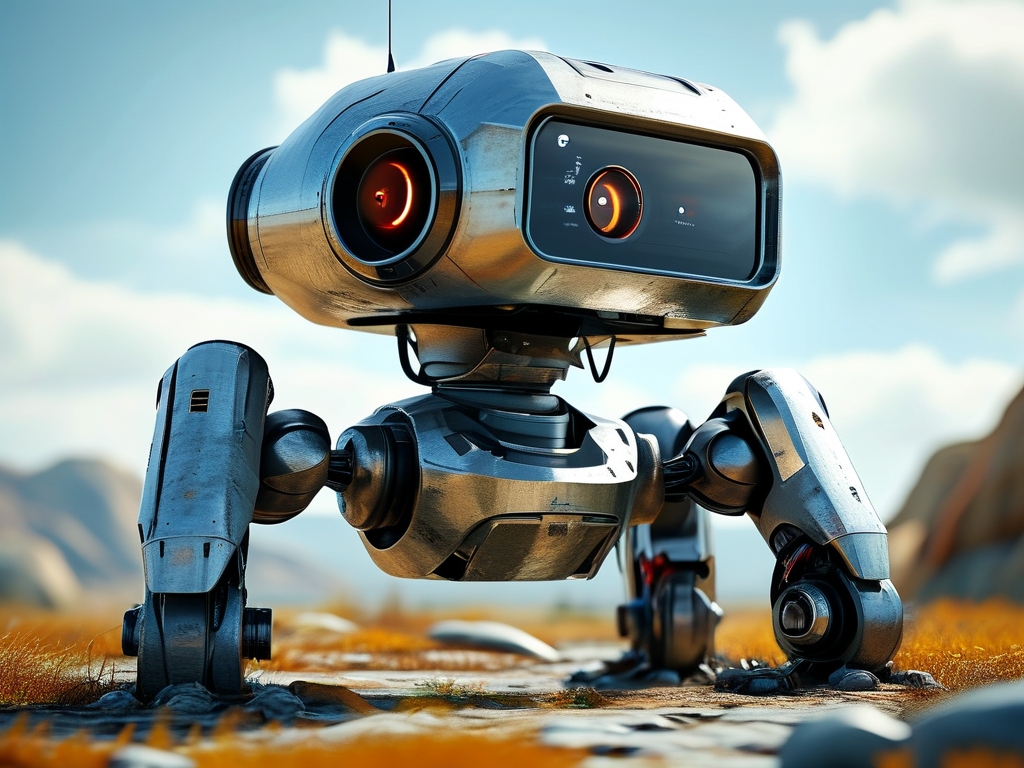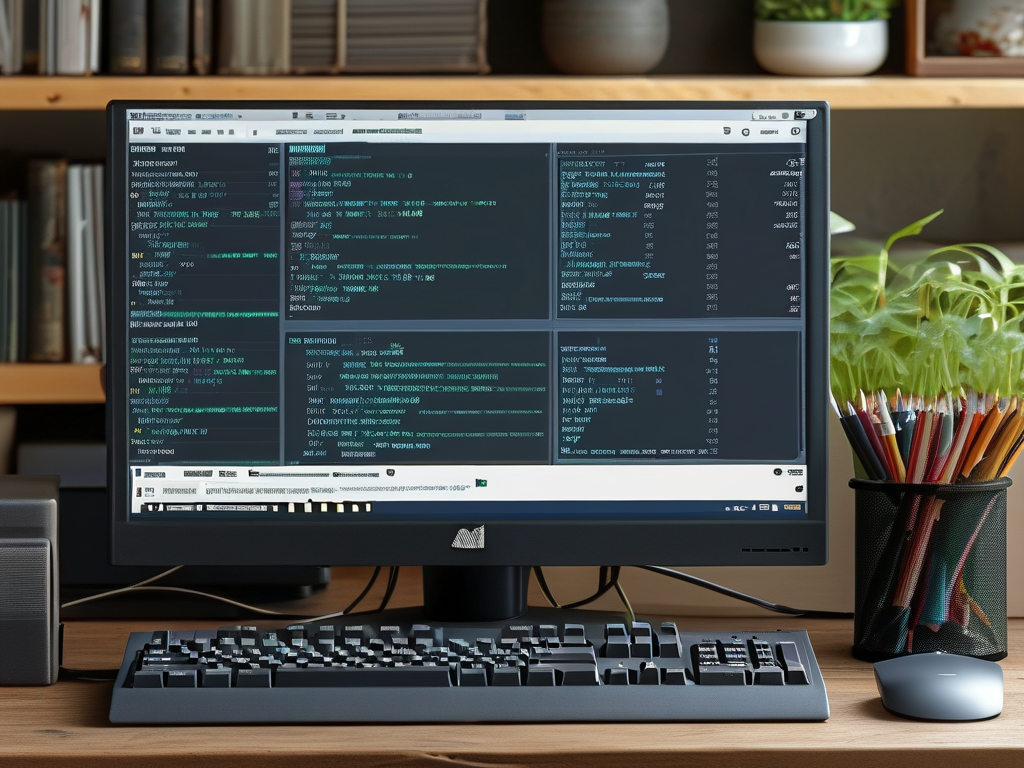Ground robotics technology has revolutionized industries ranging from agriculture and logistics to disaster response and military operations. At its core, this technology integrates mechanical engineering, artificial intelligence, and sensor systems to enable machines to navigate, interact with, and adapt to terrestrial environments autonomously or semi-autonomously. This article explores the foundational principles of ground robotics, focusing on locomotion, perception, decision-making, and energy management.

1. Locomotion Systems: The Foundation of Mobility
The design of a ground robot’s locomotion system determines its ability to traverse diverse terrains. Common configurations include:
- Wheeled Robots: Ideal for flat surfaces, wheeled systems prioritize speed and energy efficiency. Differential drive systems (using two independently powered wheels) enable precise turning, while omnidirectional wheels allow lateral movement.
- Tracked Robots: Utilizing continuous tracks, these robots excel in rough or unstable terrain, such as mud or sand, by distributing weight evenly. They are widely used in military and construction applications.
- Legged Robots: Inspired by biological organisms, legged systems (e.g., bipedal or quadrupedal designs) offer unparalleled adaptability to obstacles like stairs or rubble. However, they require complex control algorithms and higher energy consumption.
Hybrid systems, such as wheel-leg combinations, are emerging to balance efficiency and versatility. For example, Boston Dynamics’ "Spot" robot uses articulated legs with wheels for multi-terrain mobility.
2. Perception and Sensing: Navigating the Physical World
Ground robots rely on sensor fusion to interpret their surroundings. Key technologies include:
- LiDAR (Light Detection and Ranging): Creates 3D maps by measuring laser reflection times, critical for obstacle detection and path planning.
- Cameras and Computer Vision: RGB, infrared, or stereo cameras enable object recognition, terrain classification, and human-robot interaction. Machine learning algorithms process visual data to identify pedestrians, traffic signs, or hazardous materials.
- Inertial Measurement Units (IMUs): Accelerometers and gyroscopes track the robot’s orientation and movement, aiding stabilization on uneven ground.
- Ultrasonic and Tactile Sensors: Detect proximity to objects or measure surface texture, useful in low-visibility environments.
Sensor data is integrated via Simultaneous Localization and Mapping (SLAM) algorithms, allowing robots to build real-time maps while tracking their position—a cornerstone of autonomy.
3. Decision-Making and Autonomy
Autonomous ground robots employ layered software architectures to make decisions:
- Path Planning: Algorithms like A* or Rapidly Exploring Random Trees (RRT) generate collision-free routes. Dynamic replanning adjusts for unexpected obstacles.
- Behavioral Control: Finite state machines or reinforcement learning models dictate actions (e.g., "avoid obstacle" or "return to base") based on environmental inputs.
- Human-Robot Interaction: Semi-autonomous systems incorporate teleoperation interfaces, enabling remote control via joysticks or augmented reality (AR) overlays.
Edge computing and 5G connectivity enhance real-time decision-making by reducing latency in data processing and transmission.
4. Energy Management and Sustainability
Power efficiency is critical for prolonged operation. Strategies include:
- Battery Technology: Lithium-ion and solid-state batteries offer high energy density. Solar panels or hydrogen fuel cells are explored for field robots.
- Low-Power Sensors: MEMS-based devices minimize energy consumption without compromising accuracy.
- Adaptive Power Modes: Robots switch between active, idle, or sleep states based on task demands.
5. Applications and Future Trends
Ground robots are transforming industries:
- Agriculture: Autonomous tractors and harvesters optimize crop yields using GPS and AI.
- Disaster Response: Robots like Japan’s "Quince" navigate collapsed buildings to locate survivors.
- Logistics: Warehouse robots (e.g., Amazon’s "Kiva") streamline inventory management.
Future advancements may include swarm robotics (coordinated multi-robot systems), self-repairing materials, and enhanced AI interpretability for safer human collaboration.
Ground robotics technology merges hardware innovation with intelligent software to solve real-world challenges. As sensors become more affordable and AI algorithms more robust, these machines will increasingly operate alongside humans, reshaping industries and improving quality of life. Continued research in energy efficiency, adaptive locomotion, and ethical AI will drive the next generation of autonomous ground robots.










